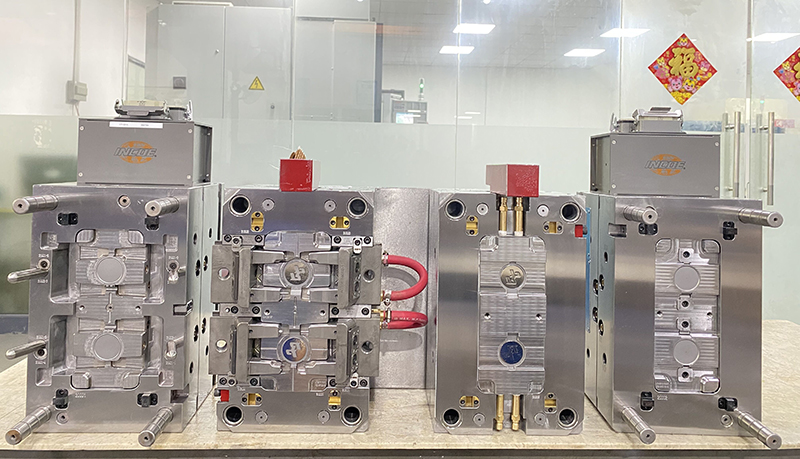Introduction to Mold Design and Manufacturing
Moulds are special tools used in industrial production for mass production of parts and components with specific shapes and sizes, widely used in metal die-casting, plastic injection molding, stamping, extrusion, blow molding, compression molding and other manufacturing processes. Mold not only determines the structural accuracy and surface quality of the product, but also directly affects the production efficiency, product consistency and manufacturing costs, is one of the indispensable process foundation of the modern manufacturing system.
Mold design and manufacturing covers the complete process from product drawing interpretation, structural analysis, mold engineering design, processing and programming, mold manufacturing, assembly and debugging to the trial mold verification, etc., which requires the designer and producer to have multi-disciplinary knowledge of precision machinery, material properties, processing technology, molding laws, etc.. The scientific structure and manufacturing accuracy of the mold are directly related to the mass production and stability of the final product.
Since its inception, Dongguan Zhenjun Metal Products Co., Ltd. has always attached importance to the role of mold development in the product manufacturing chain, with an independent mold design department and processing workshop, equipped with CNC machining centers, EDM, wire-cutting, grinding machines and other processing equipment, as well as a team of experienced engineers, able to provide customers with conceptual drawings to the mold delivery of the whole process of support to adapt to the die-casting of metals, plastics injection molding, Rubber molding and other types of product development needs.
Basic principles of mold design

In the early stage of mold development, scientific and reasonable mold design determines the stability of subsequent production and mold life. An excellent mold design should follow the following basic principles:
- Conform to the product structure and functional requirements
The mold structure should be close to the product geometry, wall thickness distribution, tolerance requirements, assembly requirements, etc., to ensure that the molded product meets the size, strength and assembly matching standards. - Rationalization of molding process
Including the location of inlet or gate, exhaust path, cooling system, mold parting line setup, etc., to ensure mold filling balance, smooth exhaust, efficient cooling, and avoid defects such as shrinkage marks, scorching, and burrs. - Easy processing and assembly
The structure of the mold should not be overly complex, taking into account the limitations of processing methods and equipment, and the high degree of standardization of parts to avoid processing difficulties and assembly errors, and improve the convenience of maintenance. - Reasonable material selection
Mold core, template, etc. need to use high wear-resistant, high-strength, stable heat treatment properties of the mold steel, commonly used, such as S136, H13, 718, NAK80, etc., to ensure that the mold service life, dimensional stability. - Cost and cycle control
Under the premise of meeting the use of function, control the mold manufacturing cycle and processing costs, improve the efficiency of mold opening, to avoid waste of resources.
Zenith engineers use 3D modeling and flow analysis tools (e.g. UG, SolidWorks, Moldflow) for product manufacturability assessment and molding simulation at the mold design stage, to detect design defects in advance, and to enhance the success rate and delivery efficiency of mold design.


